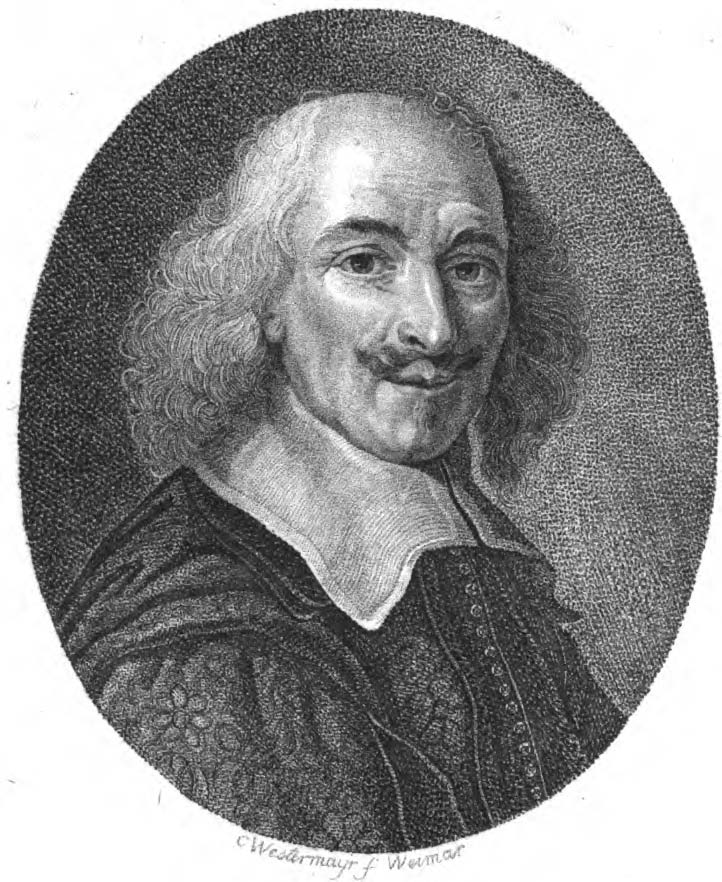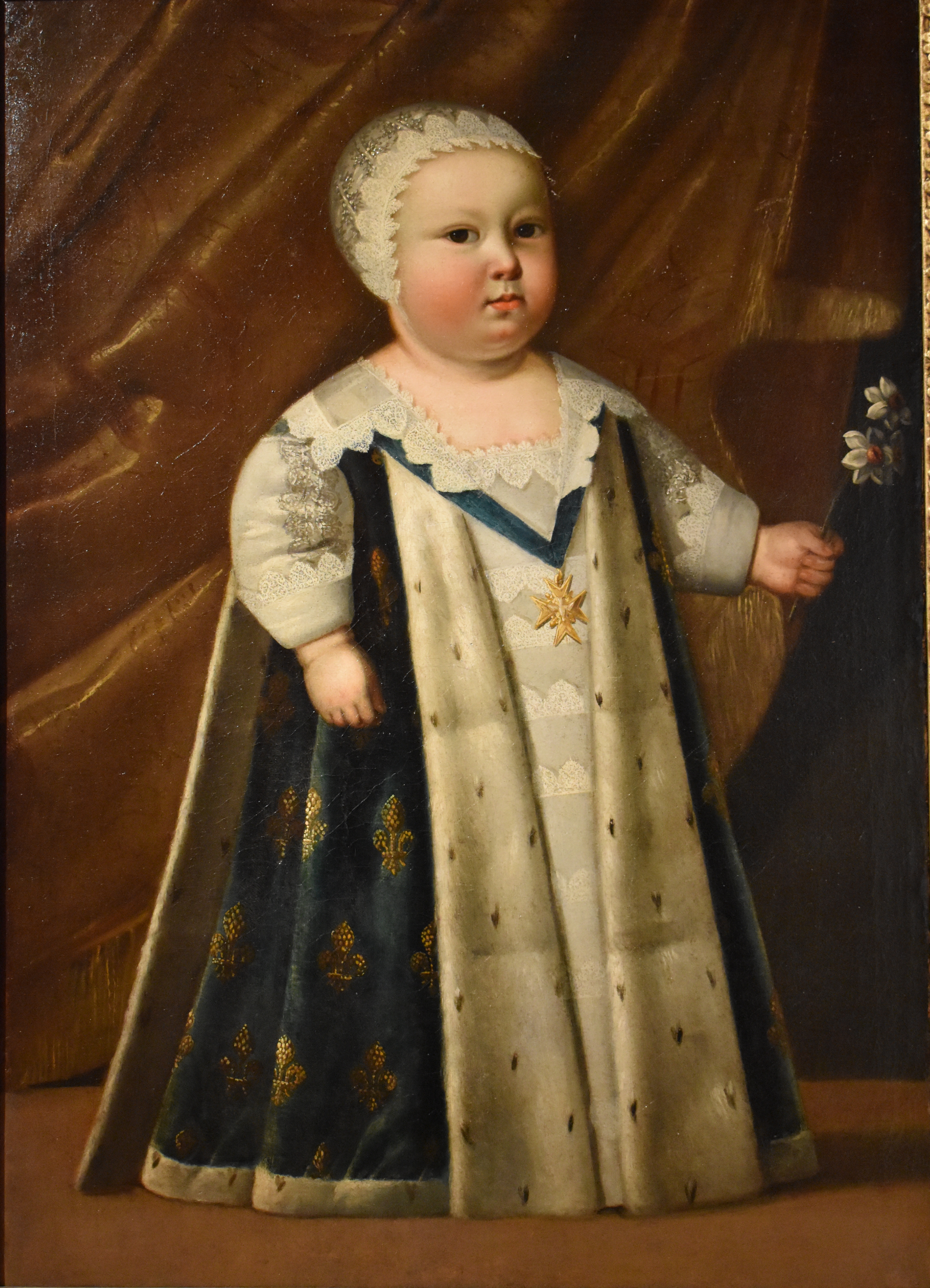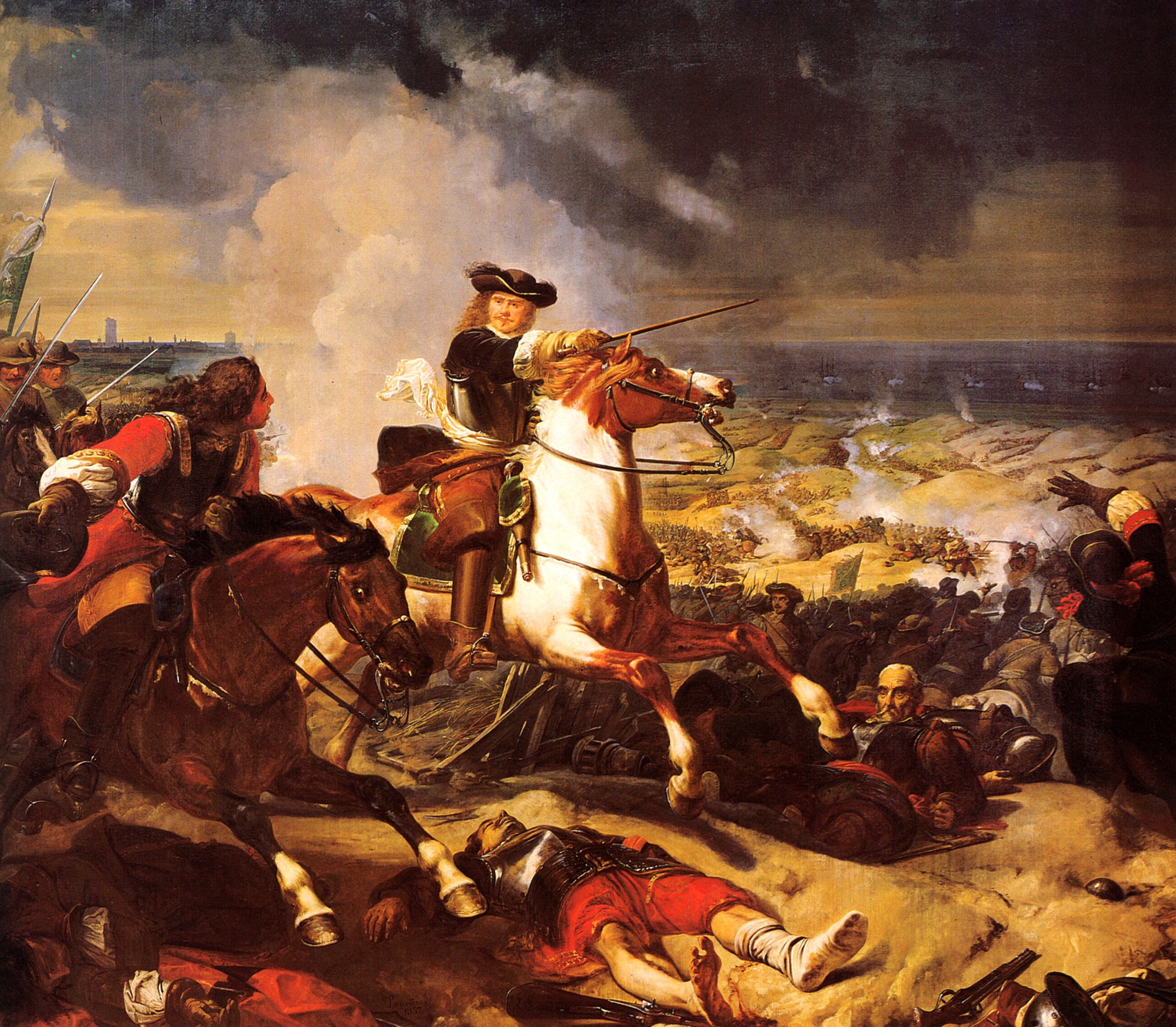|
Nicolas Sanson
Nicolas Sanson (20 December 1600 – 7 July 1667) was a French cartographer who served under two kings in matters of geography. He has been called the "father of French cartography." Life and work He was born of an old Picardy, Picard family of Scotland, Scottish descent, at Abbeville, on 20 (or 31) December 1600, and was educated by the Jesuits at Amiens. In 1627 he attracted the attention of Cardinal Richelieu, Richelieu by a map of Gaul which he had constructed (or at least begun) while only eighteen. Sanson was royal geographer. He gave lessons in geography both to Louis XIII of France, Louis XIII and to Louis XIV of France, Louis XIV; and when Louis XIII, it is said, came to Abbeville, he preferred to be the guest of Sanson (then employed on the fortifications), instead of occupying the lodgings provided by the town. At the conclusion of this visit the king made Sanson a councillor of state. Active from 1627, Sanson issued his first map of importance, the "Postes de Fra ... [...More Info...] [...Related Items...] OR: [Wikipedia] [Google] [Baidu] [Amazon] |
Nicolas Sanson AGE V09 1802
Nicolas or Nicolás may refer to: People Given name * Nicolas (given name) Mononym * Nicolas (footballer, born 1999), Brazilian footballer * Nicolas (footballer, born 2000), Brazilian footballer Surname Nicolas * Dafydd Nicolas (c.1705–1774), Welsh poet * Jean Nicolas (1913–1978), French international football player * Nicholas Harris Nicolas (1799–1848), English antiquary * Paul Nicolas (1899–1959), French international football player * Robert Nicolas (1595–1667), English politician Nicolás * Adolfo Nicolás (1936–2020), Superior General of the Society of Jesus * Eduardo Nicolás (born 1972), Spanish former professional tennis player Other uses * Nicolas (wine retailer), a French chain of wine retailers * ''Le Petit Nicolas'', a series of children's books by René Goscinny See also * San Nicolás (other) * Nicholas (other) * Nicola (other) * Nikola, a given name {{Interwiki extra, qid=Q7029481 ... [...More Info...] [...Related Items...] OR: [Wikipedia] [Google] [Baidu] [Amazon] |
Louis XIV Of France
LouisXIV (Louis-Dieudonné; 5 September 16381 September 1715), also known as Louis the Great () or the Sun King (), was King of France from 1643 until his death in 1715. His verified reign of 72 years and 110 days is the List of longest-reigning monarchs, longest of any monarch in history. An emblem of the Absolutism (European history), age of absolutism in Europe, Louis XIV's legacy includes French colonial empire, French colonial expansion, the conclusion of the Thirty Years' War involving the Habsburgs, and a controlling influence on the Académie royale de peinture et de sculpture, style of fine arts and architecture in France, including the transformation of the Palace of Versailles into a center of royal power and politics. Louis XIV's pageantry and opulence helped define the French Baroque architecture, French Baroque style of art and architecture and promoted his image as absolute ruler of France in the early modern period. Louis XIV began his personal rule of France ... [...More Info...] [...Related Items...] OR: [Wikipedia] [Google] [Baidu] [Amazon] |
People From Abbeville
The term "the people" refers to the public or common mass of people of a polity. As such it is a concept of human rights law, international law as well as constitutional law, particularly used for claims of popular sovereignty. In contrast, a people is any plurality of persons considered as a whole. Used in politics and law, the term "a people" refers to the collective or community of an ethnic group or nation. Concepts Legal Chapter One, Article One of the Charter of the United Nations states that "peoples" have the right to self-determination. Though the mere status as peoples and the right to self-determination, as for example in the case of Indigenous peoples (''peoples'', as in all groups of indigenous people, not merely all indigenous persons as in ''indigenous people''), does not automatically provide for independent sovereignty and therefore secession. Indeed, judge Ivor Jennings identified the inherent problems in the right of "peoples" to self-determination, as i ... [...More Info...] [...Related Items...] OR: [Wikipedia] [Google] [Baidu] [Amazon] |
Britannia
The image of Britannia () is the national personification of United Kingdom, Britain as a helmeted female warrior holding a trident and shield. An image first used by the Romans in classical antiquity, the Latin was the name variously applied to the British Isles, Great Britain, and the Roman province of Britain during the Roman Empire. The Roman Britannia was typically depicted reclining or seated, with not a trident but a spear and shield, appearing on Roman coins of the 2nd century AD. The classical allegory was revived in the early modern period. On coins of the pound sterling issued by Charles II of England, Scotland, and Ireland, Britannia appears with her shield bearing the Union Flag. To symbolise the Royal Navy's victories, Britannia's spear became the trident in 1797, and a helmet was added to the coinage in 1825. By the 1st century BC, Britannia had replaced Albion as the prevalent Latin name for the island of Great Britain. After the Roman conquest of Britain, Ro ... [...More Info...] [...Related Items...] OR: [Wikipedia] [Google] [Baidu] [Amazon] |
Strabo
Strabo''Strabo'' (meaning "squinty", as in strabismus) was a term employed by the Romans for anyone whose eyes were distorted or deformed. The father of Pompey was called "Gnaeus Pompeius Strabo, Pompeius Strabo". A native of Sicily so clear-sighted that he could see things at great distance as if they were nearby was also called "Strabo". (; ''Strábōn''; 64 or 63 BC) was an ancient Greece, ancient Greek geographer who lived in Anatolia, Asia Minor during the transitional period of the Roman Republic into the Roman Empire. He is best known for his work ''Geographica'', which presented a descriptive history of people and places from different regions of the world known during his lifetime. Additionally, Strabo authored historical works, but only fragments and quotations of these survive in the writings of other authors. Early life Strabo was born to an affluent family from Amasya, Amaseia in Kingdom of Pontus, Pontus in around 64BC. His family had been involved in politics s ... [...More Info...] [...Related Items...] OR: [Wikipedia] [Google] [Baidu] [Amazon] |
Richard Blome
Richard Blome (1635–1705) was an engraver, cartographer, and publisher in the Kingdom of England The Kingdom of England was a sovereign state on the island of Great Britain from the late 9th century, when it was unified from various Heptarchy, Anglo-Saxon kingdoms, until 1 May 1707, when it united with Kingdom of Scotland, Scotland to f .... Works * 167''A Geographical Description of the Four Parts of the World'' * 1673 ''Britannia, or a Geographical Description of the Kingdom of England, Scotland and Ireland'' (average size 315 x 280 mm) * 1681 ''Speed's Maps Epitomiz'd'' (average size 180 x 230 mm) 1685 Re-issued 1693 Re-issued in ''Cosmography and Geography'' 1715 Re-published by Thomas Taylor in ''England Exactly described'' c. 1750 Re-issued by Thomas Bakewell (1716–64) * 1682 '' Cosmography and Geography'' (by Bernhard Varen) 1683-93 Re-issued * 1686 ''The Gentlemans Recreation'' * 1687 ''Isles and Territories of America'' for Anthony Earl of Shafte ... [...More Info...] [...Related Items...] OR: [Wikipedia] [Google] [Baidu] [Amazon] |
Giovan Battista Nicolosi
Giovan Battista Nicolosi (14 October 161019 January 1670) was a Sicilian priest and geographer. Nicolosi proposed a new projection for the construction of the world map in two hemispheres, known today as the Nicolosi globular projection, in which the parallels and meridians are arcs of the circle and equidistant along the equator and central meridian. Biography Early life Giovan Battista Nicolosi was born in Paternò, on October 14, 1610, of poor parents. He was the second child in a family of ten siblings. In 1640 Nicolosi moved to Rome, where he devoted himself to the study of mathematics and geography and quickly gained favor with the city's most powerful families. In 1642, he published his ''Teorica del Globo Terrestre'' ("Theory of the Terrestrial Globe"), a small geographical treatise in which he adopts the tripartite division of the subject into mathematical, physical, and political geography, usually credited to Varenius. Although in his unpublished works he show ... [...More Info...] [...Related Items...] OR: [Wikipedia] [Google] [Baidu] [Amazon] |
Pierre Duval (geographer)
Pierre Duval (1618–1683) was a French geographer. Pierre Duval was born in Abbeville. He was the nephew and pupil of the geographer Nicolas Sanson. Encouraged by Louis XIV to move to Paris, he later became Geographe Ordinaire du Roy. He was also a globe maker and printed board games such as the game of the goose The Game of the Goose, also known as the Royal Game of the Goose is one of the first board games to be commercially manufactured. It is a race game, relying only on dice throws to dictate progression of the players. The board is often arranged in t .... References People from Abbeville 1618 births 1683 deaths French geographers Globe makers Board game designers {{France-scientist-stub ... [...More Info...] [...Related Items...] OR: [Wikipedia] [Google] [Baidu] [Amazon] |
Delamarche
Delamarche is a French French may refer to: * Something of, from, or related to France ** French language, which originated in France ** French people, a nation and ethnic group ** French cuisine, cooking traditions and practices Arts and media * The French (band), ... surname. Notable people with the surname include: * Charles François Delamarche (1740–1817), French geographer and mapmaker * Félix Delamarche, French geographer and engineer * Olivier Delamarche (born 1966), French economic analyst {{Surname French-language surnames ... [...More Info...] [...Related Items...] OR: [Wikipedia] [Google] [Baidu] [Amazon] |
Hubert Jaillot
Alexis-Hubert Jaillot (1632 – 2 November 1712) was a geographer and French language, French Cartography, cartographer, Publishing, publisher at Paris, from the late 17th century and beginning of the 18th century, in the service of Louis XIV of France, King Louis XIV. Biography Born in Condat Abbey, Saint-Oyand-de-Joux, he died in Paris at his Wharf, quai of the Augustinians November 3, 1712, Brother of the sculptor on ivory Pierre Simon Jaillot. Towards the abbot of Marolles on the brothers Jaillot : "Both Jaillot, two admirable brothers, : From the place of Saint-Oyan in the Franche-Comté, : On the yvoire expressing all their will, : Animate it by their hand on contrary subjects. : By Simon one would say that matter endures; : Hubert bends it in the same way, : What use does their lesson benefit? : And who can better form a noble figure? " ''Book of the city of Paris'' . Bibliography * ''Authority Records'' :viaf:59385948, International Virtual]Authority File � Intern ... [...More Info...] [...Related Items...] OR: [Wikipedia] [Google] [Baidu] [Amazon] |
Louis, Grand Condé
Louis II de Bourbon, Prince of Condé (8 September 1621 – 11 December 1686), known as (), was a French military commander. A tactician and strategist, he is regarded as one of France's greatest generals, particularly celebrated for his triumphs in the Thirty Years' War and his campaigns during the Franco-Dutch War. A member of a senior cadet branch of the House of Bourbon, Condé demonstrated exceptional military prowess from a young age and distinguished himself during the Thirty Years' War, in particular at the Battle of Rocroi against Spain in 1643. He became a powerful and influential figure in France, which made him a threat to Anne of Austria, regent for the young Louis XIV, and her prime minister Mazarin. During the Fronde revolt, Condé initially supported the crown but was later imprisoned on Mazarin's orders. After his release, he launched an open rebellion and fought the royal forces until his defeat by Turenne, after which he defected to Spain. He comman ... [...More Info...] [...Related Items...] OR: [Wikipedia] [Google] [Baidu] [Amazon] |
Fronde
The Fronde () was a series of civil wars in the Kingdom of France between 1648 and 1653, occurring in the midst of the Franco-Spanish War, which had begun in 1635. The government of the young King Louis XIV confronted the combined opposition of the princes, the nobility, the noble regional court assemblies (''parlements''), as well as much of the French population, and managed to subdue them all. The dispute started when the government of France issued seven fiscal edicts, six of which were to increase taxation. The ''parlements'' resisted, questioned the constitutionality of the king's actions, and sought to check his powers. The Fronde was divided into two campaigns, the Parlementary Fronde and the Fronde of the Princes. The timing of the outbreak of the Parlementary Fronde, directly after the Peace of Westphalia (1648) that ended the Thirty Years' War, was significant. The nuclei of the armed bands that terrorized parts of France under aristocratic leaders during that peri ... [...More Info...] [...Related Items...] OR: [Wikipedia] [Google] [Baidu] [Amazon] |







